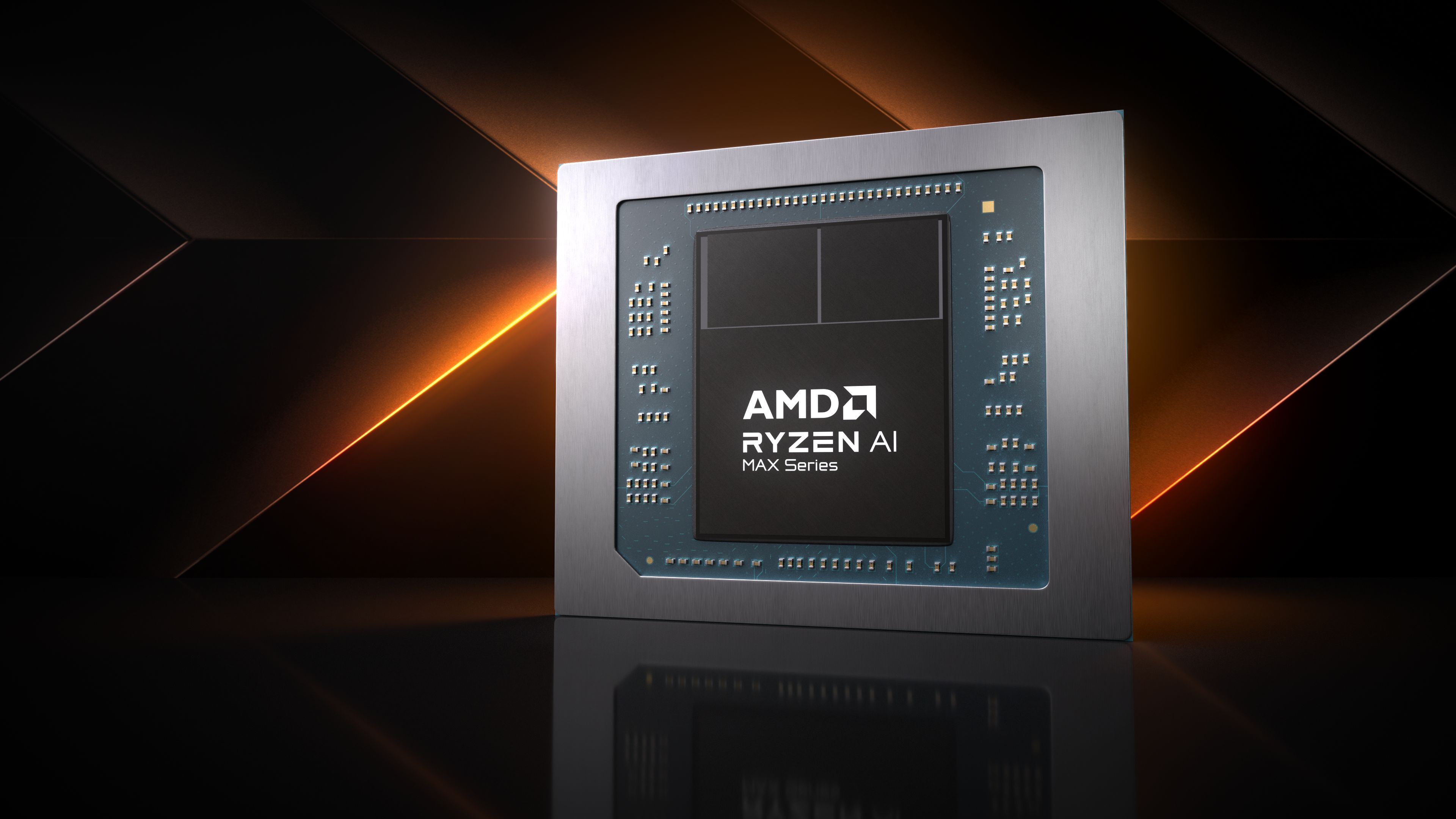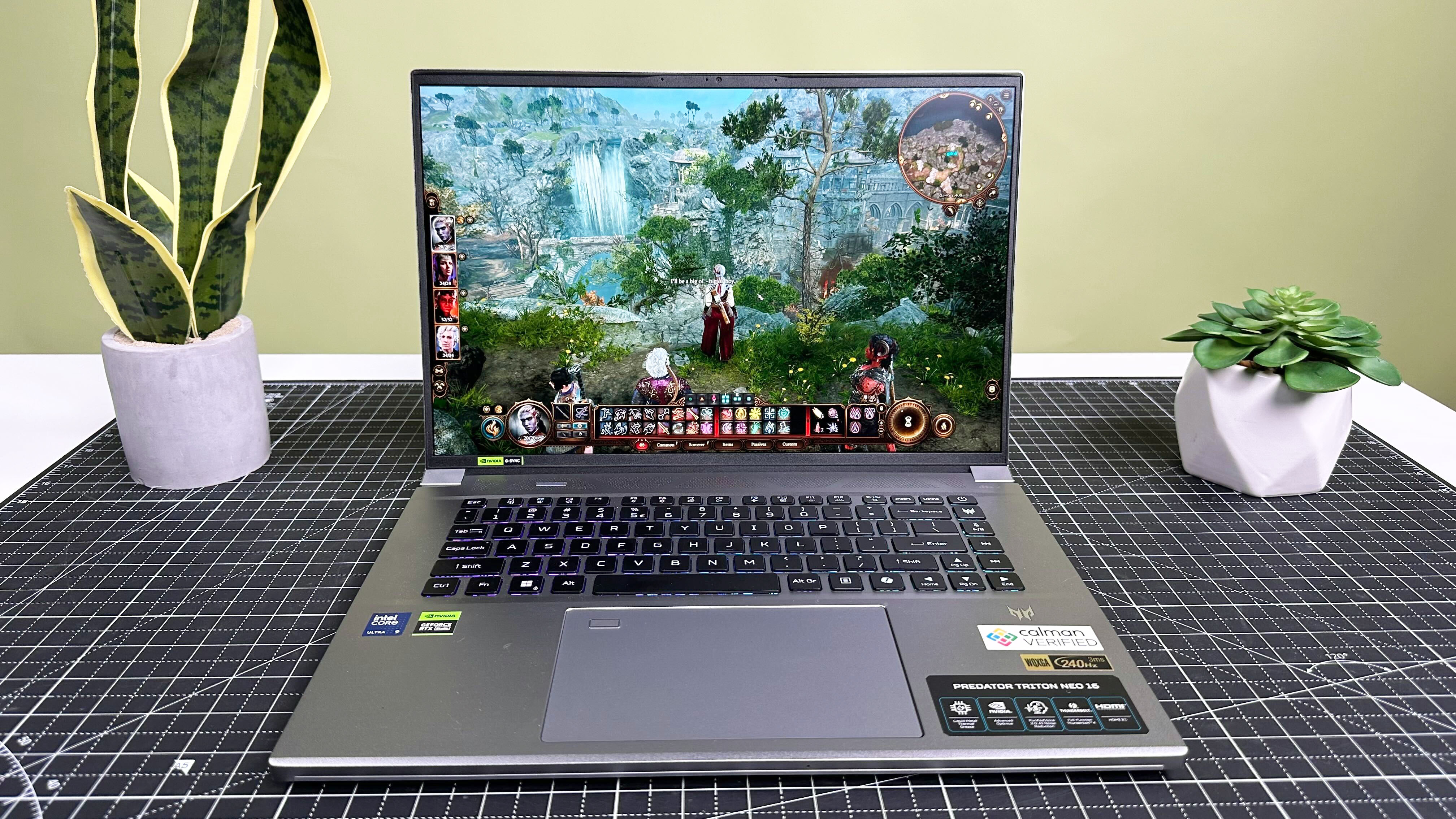Leaked AMD Strix Halo benchmark sounds too good to be true
There's no way AMD's upcoming chips are this good, right?

Integrated graphics cards have been fighting an uphill battle for many years, often failing to achieve anything near what discrete GPUs are capable of in raw power, but a new AMD Strix Halo leak could suggest some massive changes are coming.
X user HXL posted an image on Wednesday showcasing their results testing the AMD Ryzen AI Max 390 chip with Radeon 8050S graphics and achieved a score of 10,106 on the 3DMark Time Spy benchmark.
There's not much to take away from this number on its own, but comparing it to the Time Spy performances we've seen for other integrated graphics and even discrete GPUs makes it clearer than ever how staggering of a score this is.
And that's the exact issue here: 10,106 is far too high of a number and seems too good to be true for integrated graphics.
There's no way integrated graphics are already this good, right?
AMD Ryzen AI Max 390's integrated GPU (Radeon 8050S) achieving a score of 10,106 is absolutely ridiculous when comparing it to the performance of similar chips.
We just recently tested Arrow Lake's integrated graphics performance with the Asus Zenbook Duo, built with an Intel Core Ultra 9 285H processor and Intel Arc 140T iGPU with 16GB of vRAM. I was seriously impressed as I smoothly played through Elden Ring at high graphics, hovering around 35 to 45 frames per second as the game maintained its gorgeousness.
It's a pretty solid metric of what modern integrated graphics are capable of, and yet, on the 3DMark Time Spy benchmark, the Intel Arc 140T managed a score of 4,023. Yes, if these leaked benchmarks are to be believed, the upcoming AMD Ryzen AI Max 390 is around 2.5x better at gaming than Intel's recently launched Arrow Lake chips.
Stay in the know with Laptop Mag
Get our in-depth reviews, helpful tips, great deals, and the biggest news stories delivered to your inbox.

This isn't a case of AMD vs Intel, either. We recently reviewed the MSI Prestige A16 AI+, which is built with an AMD Ryzen AI 9 365 processor and Radeon 880M integrated graphics, and it achieved a score of 3,663 on the Time Spy benchmark. Even a handheld gaming console like Lenovo Legion Go, built with an AMD Ryzen Z1 Extreme, only got an 2,464 on the Time Spy benchmark.
These leaked benchmarks would mean AMD's new integrated graphics found the secret recipe to making an iGPU that seems like it's from a decade in the future. In other words, I don't believe it for a second.
Things get even harder to believe when comparing this number to discrete graphics. The Acer Predator Triton Neo 16, which is built with a Nvidia GeForce RTX 4060 laptop GPU, earned a Time Spy score of 9,230. The notion that an integrated GPU could perform better than an RTX 4060, even if it's technically on the lower-end of performance in the 40-series, is absolutely ridiculous.
Of course, even if these Time Spy scores are accurate, it's not necessarily a true reflection of gaming performance overall. But to be perfectly honest, when we finally get our hands on a laptop with the AMD Ryzen AI Max 390, I'm pretty certain we're not going to see a Time Spy score anywhere near 10,106.
More from Laptop Mag

Self-described art critic and unabashedly pretentious, Claire finds joy in impassioned ramblings about her closeness to video games. She has a bachelor’s degree in Journalism & Media Studies from Brooklyn College and five years of experience in entertainment journalism. Claire is a stalwart defender of the importance found in subjectivity and spends most days overwhelmed with excitement for the past, present and future of gaming. When she isn't writing or playing Dark Souls, she can be found eating chicken fettuccine alfredo and watching anime.
You must confirm your public display name before commenting
Please logout and then login again, you will then be prompted to enter your display name.
